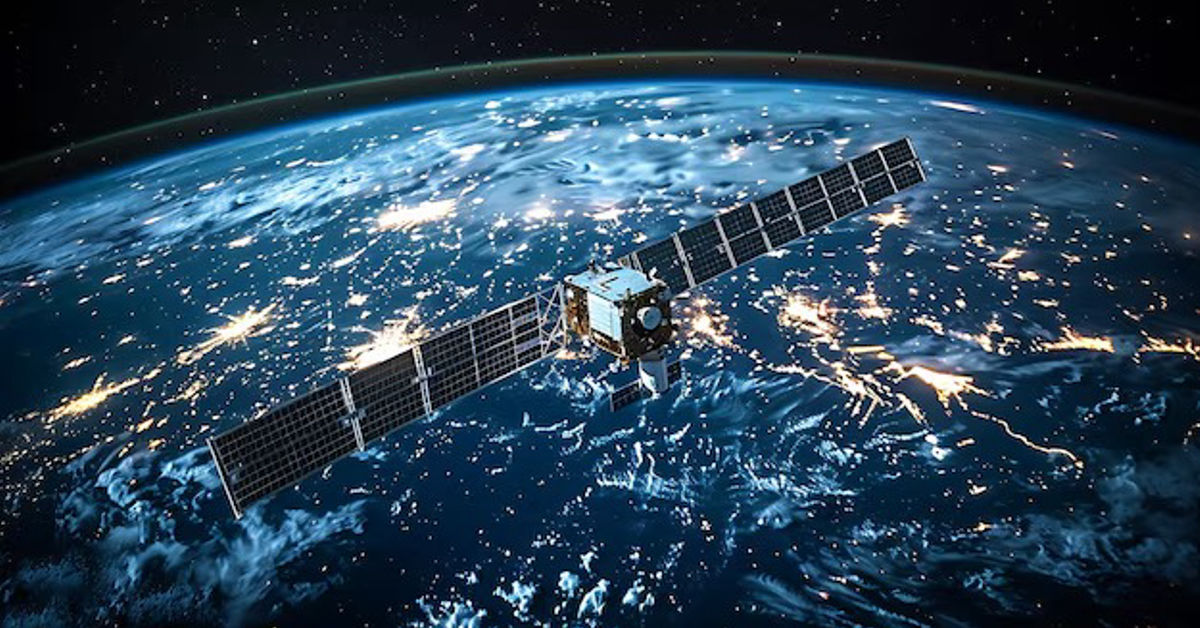Satellitter a term commonly used in Scandinavian countries for what we call satellites in English are silent yet essential contributors to our daily lives. From checking the weather to using GPS on a road trip, many everyday tasks depend on these high-tech machines orbiting Earth. Despite their importance, the role of satellites often remains in the background, underappreciated by the general public.
This article explores everything you need to know about sattelitter—how they work, what they’re used for, and why they are so critical in our modern society.
What Are Satellitter?
Satellitter are man-made objects launched into orbit around Earth or other celestial bodies. Their primary purpose is to perform specific tasks such as data collection, communication transmission, navigation support, and scientific observation. They serve both civilian and military roles, supporting activities ranging from broadcasting to defense.
In various languages such as Swedish, Norwegian, and Danish, sattelitter refers to the plural form of satellite. Regardless of the linguistic variation, the concept and purpose remain universal.
A Brief History of Satellites
The journey of satellites began in 1957 when the Soviet Union launched Sputnik 1, the first artificial satellite. This marked the beginning of the space age and laid the foundation for modern satellite technology.
Following Sputnik, rapid developments led to the creation of communication satellites, weather monitoring satellites, and later, those used for GPS and remote sensing. The space race between the U.S. and the Soviet Union significantly accelerated advancements in sattelitter technology throughout the 20th century.
Today, thousands of satellites orbit Earth, operated by governments, private companies, and international organizations.
How Satellites Work
Satellites operate by following orbital paths around Earth. These orbits can vary based on the satellite’s purpose:
- Low Earth Orbit (LEO): Typically 200 to 2,000 km above Earth, ideal for Earth observation and communication.
- Medium Earth Orbit (MEO): Commonly used for navigation systems like GPS.
- Geostationary Orbit (GEO): Located 35,786 km above Earth, remaining fixed over a specific point, ideal for weather and communication satellites.
Each sattelitter is equipped with systems for power (usually solar panels), communication (radio transmitters and receivers), and control (onboard computers and sensors). These components work together to perform specific missions.
Types of Satellites and Their Functions
Satellitter come in many forms, each tailored for distinct applications. Here’s an overview:
Communication Satellites
Used to transmit television, internet, radio, and telephone signals. These are commonly found in geostationary orbit to provide consistent service.
Weather Satellites
Track atmospheric conditions and collect data for climate monitoring and forecasting. These help meteorologists predict storms, track hurricanes, and monitor climate change.
Navigation Satellites
Enable location tracking via GPS. Navigation sattelitter are typically in medium Earth orbit and serve both civilian and military users.
Earth Observation Satellites
Capture high-resolution images of the planet for mapping, environmental monitoring, agriculture, and disaster management.
Scientific Satellites
Used for research purposes such as space exploration, astrophysics, and Earth science. These may orbit Earth or venture into deep space.
Military Satellites
Serve strategic and tactical military needs including reconnaissance, communication, and navigation.
Real-World Applications of Satellitter
Satellitter have a profound impact on numerous industries. Here’s how they influence everyday life:
- Communication: Powering internet connectivity, global phone networks, and live television broadcasts.
- Navigation: Helping billions navigate daily through GPS-enabled smartphones and vehicles.
- Disaster Response: Monitoring natural disasters such as wildfires, earthquakes, and hurricanes to aid emergency planning and relief.
- Environmental Protection: Tracking deforestation, sea-level rise, and pollution levels.
- Agriculture: Enabling precision farming through data on soil, weather, and crop health.
- Finance: Supporting high-frequency trading and secure global financial transactions via time synchronization.
The Technology Behind Satellitter
The construction and operation of sattelitter involve sophisticated engineering:
- Power System: Typically solar-powered with battery storage for eclipse periods.
- Propulsion System: Used to maintain or adjust orbit.
- Thermal Control: Manages extreme temperatures in space using insulation and radiators.
- Communication System: Allows data transmission between satellite and ground stations.
- Payload: The mission-specific equipment, such as cameras, sensors, or transmitters.
The design must also factor in radiation protection and long-term durability in the harsh conditions of space.
Challenges in Satellite Technology
While sattelitter are incredibly advanced, they are not without challenges:
- Space Debris: Thousands of defunct satellites and debris threaten active missions.
- High Cost: Launching and maintaining satellites can cost millions to billions of dollars.
- Limited Lifespan: Most satellites have operational lifespans ranging from 5 to 20 years.
- Security Threats: Satellites are vulnerable to cyberattacks and anti-satellite weaponry.
- Orbital Congestion: The increasing number of satellites, especially with mega-constellations, raises collision risks.
The Future of Satellitter
The future of sattelitter is both exciting and complex. Some key trends shaping their evolution include:
- Miniaturization: CubeSats and small satellites are making space more accessible.
- Reusable Launch Vehicles: Companies like SpaceX are reducing launch costs through reusability.
- Mega-Constellations: Networks of thousands of satellites (e.g., Starlink) aim to offer global internet.
- AI and Automation: Improving satellite functionality and decision-making capabilities.
- Space Sustainability: Efforts are growing to mitigate debris and ensure long-term viability of space operations.
Satellitter Around the Globe
Many countries now operate their own satellite programs, contributing to global innovation:
| Country | Notable Satellites | Agency/Operator | Key Focus Areas |
| United States | GPS, GOES, Landsat | NASA, NOAA, DoD | Science, defense, communication |
| China | Beidou, Gaofen | CNSA | Navigation, Earth observation |
| Russia | GLONASS, Resurs-DK | Roscosmos | Military, civil Earth observation |
| India | INSAT, Cartosat | ISRO | Communication, agriculture, disaster mgmt |
| EU | Galileo, Copernicus | ESA | Navigation, environmental monitoring |
| Japan | Himawari, Hayabusa | JAXA | Weather, deep space exploration |
Types of Satellitter
| Type | Orbit | Primary Use | Examples |
| Communication | Geostationary | TV, internet, telephony | Intelsat, SES |
| Weather | Polar/Geostationary | Climate data, forecasting | GOES, Himawari |
| Navigation | Medium Earth | Positioning and timing | GPS, Galileo |
| Earth Observation | Low Earth | Imaging, environmental monitoring | Landsat, Sentinel |
| Scientific | Various | Research and experimentation | Hubble, James Webb |
| Military | Classified | Surveillance, communication | USA-245, Kosmos |
Conclusion
Satellitter are much more than just machines in space—they are the invisible backbone of our digital society. Their applications span across industries, enhancing communication, safety, science, and convenience. As technology evolves, these orbital assets will continue to shape our world in ways we are only beginning to understand.
For individuals and organizations alike, understanding sattelitter is no longer optional. Whether it’s for business, education, or curiosity, being aware of their role and future helps us navigate the increasingly interconnected world.
FAQ
What is the difference between sattelitter and satellite?
The term sattelitter is a Scandinavian plural form of satellite. Functionally, they refer to the same technology.
How many satellites are currently in orbit?
As of mid-2025, there are over 8,000 active satellites orbiting Earth, with many more planned in the coming years.
Who controls satellites?
Satellites are operated by various entities including governments, private corporations, and international agencies.
How do satellites help in everyday life?
They enable GPS navigation, weather forecasts, internet access, global communication, and even financial systems.
Can satellites be hacked or attacked?
Yes, satellites can be vulnerable to cyberattacks or physical threats, which is why security is a major concern in the industry.







